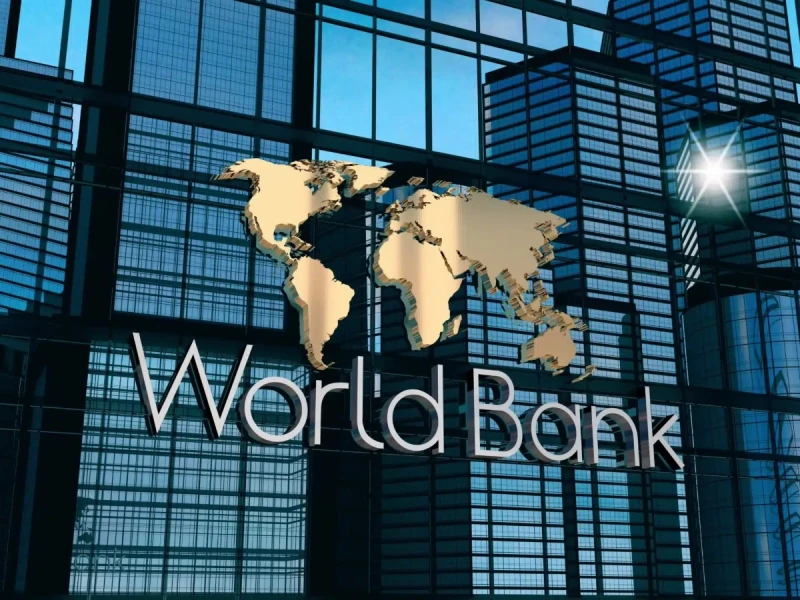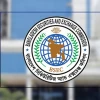Bangladesh’s economy showed a strong recovery in the latter half of fiscal year 2025 (FY25), driven by robust export growth, record remittance inflows, and rising foreign exchange reserves following disruptions in the first half, according to a World Bank report released on Tuesday.
The Bangladesh Development Update, published biannually, projects GDP growth to accelerate from 4.0 percent in FY25 to 4.8 percent in FY26 and further to 6.3 percent in FY27, maintaining an upward trajectory in the coming years.
The report notes that external pressures eased in FY25 after the adoption of a market-based exchange rate, stabilization of reserves, and narrowing of the current account deficit.
Inflation moderated due to tight monetary policy, lower duties on essential food imports, and strong agricultural performance. However, fiscal challenges persisted, with a widening deficit amid weak tax collection and higher subsidies and interest payments.
Despite signs of recovery, the report highlights concerning trends in poverty and employment. Poverty increased between 2023 and 2024, while labor force participation dropped from 60.9 to 58.9 percent, largely due to declining participation among women. Of the three million working-age individuals who exited the labor force, 2.4 million were women.
The economy has shown resilience, but this cannot be taken for granted,” said Jean Pesme, World Bank Division Director for Bangladesh and Bhutan.
To ensure a strong growth path and create more and better jobs, Bangladesh needs bold reforms and faster implementation to enhance domestic revenue mobilisation, address banking sector vulnerabilities, reduce energy subsidies, plan urbanisation, and improve the investment climate,” he added.
Over the past two decades, Bangladesh has experienced major shifts in employment patterns, population growth, and infrastructure development, with industrial jobs increasingly concentrated in Dhaka and Chattogram. The report calls for a rethinking of spatial development strategies to reduce regional disparities and support inclusive job creation nationwide.
The Bangladesh Development Update accompanies the South Asia Development Update 2025, titled ‘Jobs, AI, and Trade’, which forecasts regional growth at 6.6 percent but warns of potential slowdowns unless reforms are accelerated.
South Asia has enormous economic potential and remains the fastest-growing region in the world,” said Johannes Zutt, World Bank Vice President for South Asia.
Countries must proactively address risks to growth. Promoting AI adoption and lowering trade barriers—especially for intermediate goods—can boost productivity, spur private investment, and create jobs for the expanding workforce,” he added.
The report notes that South Asia remains one of the least open regions to international trade and finance, with high tariffs protecting sectors that are losing employment. It recommends sequenced tariff reductions and broader free trade agreements to enhance competitiveness and job creation.
It also highlights the transformative potential of artificial intelligence (AI) in raising productivity and income levels. While much of the workforce remains concentrated in low-skill, agricultural, and manual jobs, AI could complement human labor in emerging sectors, generating new opportunities.
Increasing trade openness and accelerating AI adoption could be transformative for South Asia,” said Franziska Ohnsorge, World Bank Chief Economist for South Asia.
Policies that help workers transition across firms, activities, and locations are vital for channeling resources into productive sectors and boosting investment and job creation,” he concluded.


-1759835842.webp) Prev Post :
Prev Post :
